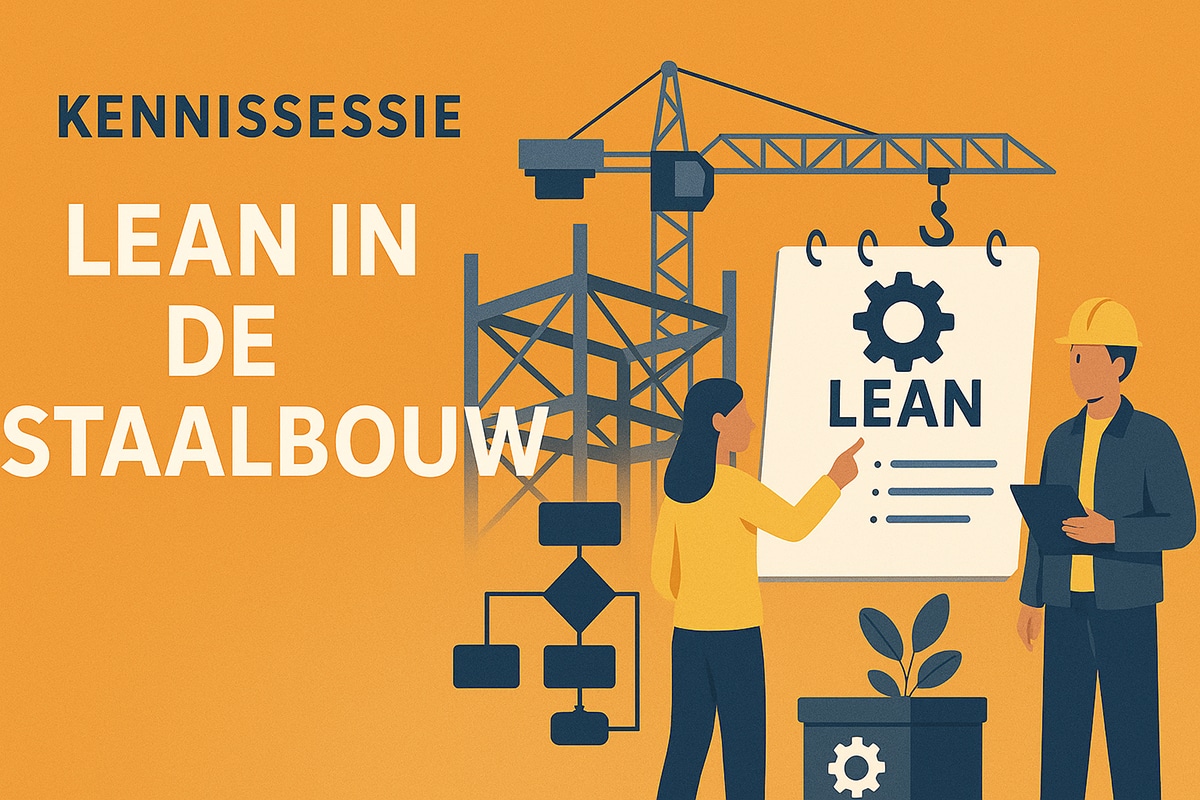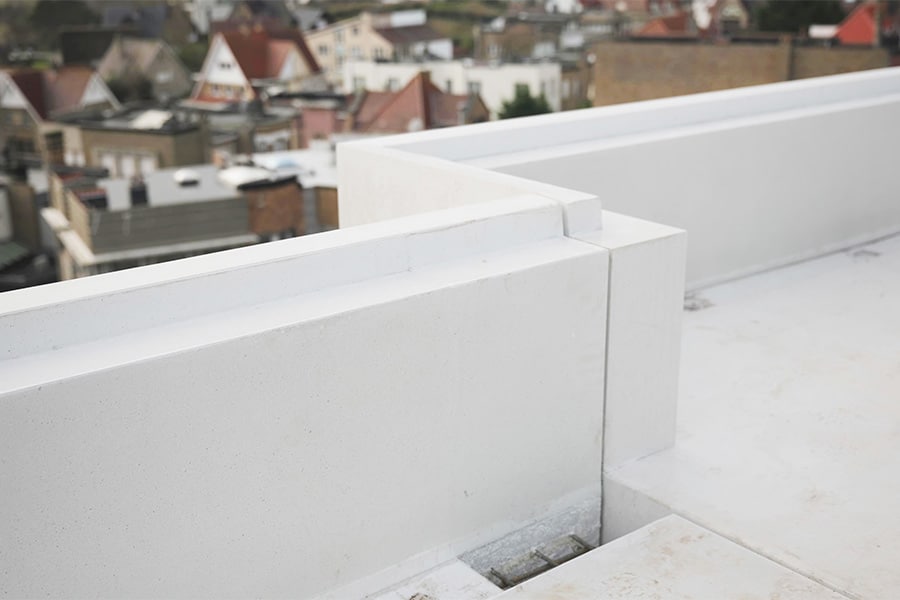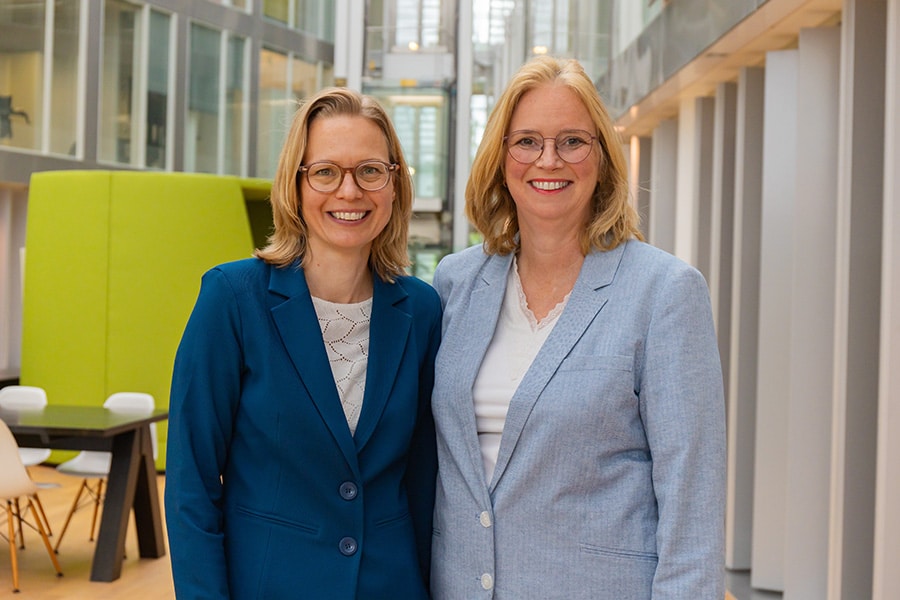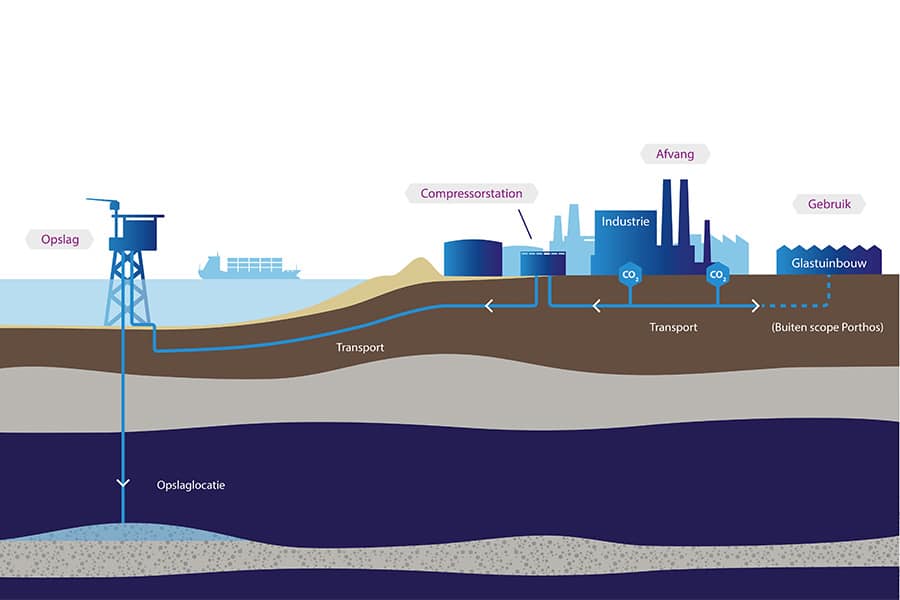
How do you demonstrate that a structure meets the requirements of the Wkb?
In 2022, the Building Quality Assurance Act will take effect. The Wkb should improve the quality of construction projects and strengthen the legal position of consumers. Currently, the quality of building plans is still tested on the basis of the project plan. If this plan meets the quality requirements of the Building Decree and the requirements of Spatial Planning, the building permit is issued. Under the Wkb, however, parties must prove that the completed structure complies with the regulations. A substantial change for the competent authority, building contractors and consumer/client.
With the introduction of the Wkb and Omgevingswet, the builder's liability and burden of proof are also adjusted in the Civil Code. If construction work has defects, the builder is liable for them, even after completion. The builder has the burden of proof here. He must be able to prove that he did a good job and is not liable for the damage. The builder, and with him his subcontractors and suppliers, will therefore have to manage this burden of proof well. KOMO certificates and KiK (KOMO instrument for quality assurance) help with this.

Improving consumer legal status
"The need for quality assurance in construction has existed for a long time," knows Ton Jans, director of KOMO. "The reason for introducing the Wkb now stems from the need to improve the legal position of consumers and the permit process. Consumers who are confronted with errors in their building project are now still in a pretty weak position. The current permit process does not appear to sufficiently guarantee the quality of execution. With the introduction of the Wkb, the consumer is stronger and, because of the change in the Civil Code, the builder will have to prove that he has done a good job."
Quality assurance by qualified quality assurance professionals
In addition, the process of supervision of design and realization of the structure is being privatized. For many structures, for consequence class 1 from July 1, 2022, the supervision of design and realization in accordance with the Building Code will be carried out by qualified quality assurance companies. The quality assurance company is responsible for a risk assessment and assurance plan, which specifies how risk-driven supervision of the realization of the structure will be carried out. In the event of a positive assessment, the quality assurance provider issues a statement that there is justified confidence that the structure complies. "KOMO certificates facilitate this work," Jans says. "The builder who works with certified products, processes and services no longer has to demonstrate the quality of these. He has his burden of proof in order."

KOMO, an expert party
KOMO (Keuring en Onderzoek Materialen Openbare werken) appears to be the obvious party to deal with the new method of quality assurance in construction. Founded in 1962 under the auspices of VNG and Directors of Public Works, the foundation has since issued more than 400 BRLs and 6,200 quality declarations. Every year, the foundation puts in some 75,000 man-days to establish the quality of products and processes through audits, inspections and tests. Jans: "Assessing quality is in our DNA. If a product or process is KOMO-certified, its quality is expertly, independently and demonstrably proven."
KiK tool
When the Wkb is introduced, independent qualified quality assurance companies are called in. For them, the KOMO Instrument for Quality Assurance (KiK) has been developed. Part of this is the KiK tool, a software application specifically designed for the Wkb and available to quality assurance personnel, designers and builders. With this tool, possible risks during the construction process, their extent and the relevant control measures are structured and documented. This provides the basis for efficient assurance. The tool also makes visible what the builder can do to manage the risks and shape the burden of proof. The tool has a direct link to all BRLs and certificates for products and processes, which allows for effective and efficient file creation (burden of proof).

Impact for many parties
In summary, the Wkb has a major impact for many parties. Construction parties who will soon be liable for the quality delivered for 20 years must record how the quality is arranged for each project. This requires files that are in order. "Large builders have already appointed special managers for this," Jans knows, "but for smaller parties this is a heavy burden. Municipalities will also have to redesign their processes. The Ministry of the Interior will have to enthuse the construction industry to start more pilot projects. After all, these must demonstrate that the system will work."
Jans realizes that it is too short-sighted to just require builders and suppliers to certify their products, processes and systems now. After all, good is good, with or without certification. "But prime contractors will shift their legal burden of proof to their suppliers," he warns. "They will give suppliers who have the burden of proof of their products and processes in order a preferential market position. Suppliers need to be aware of this."



